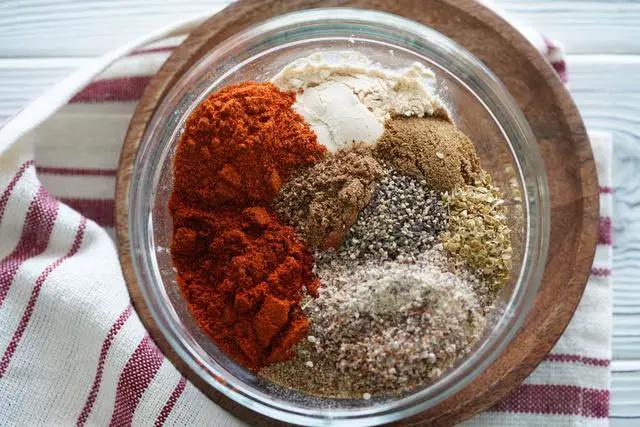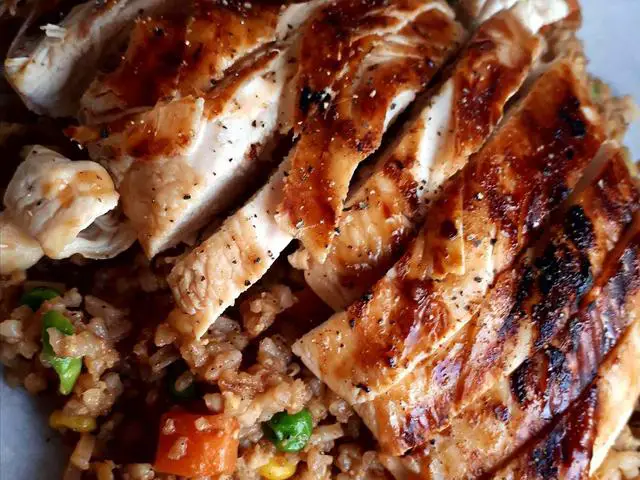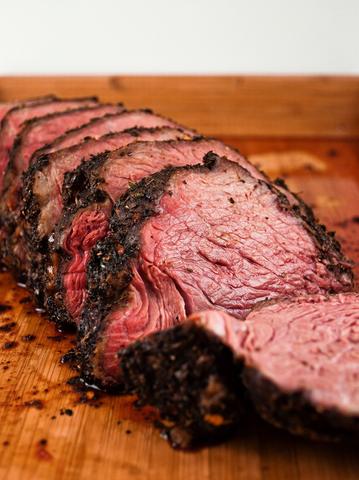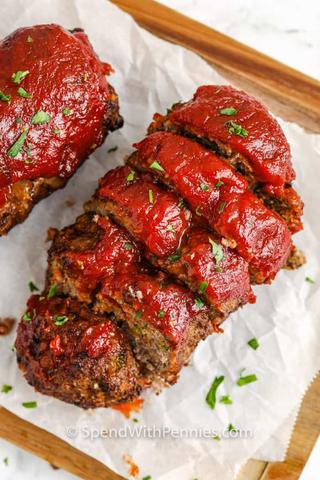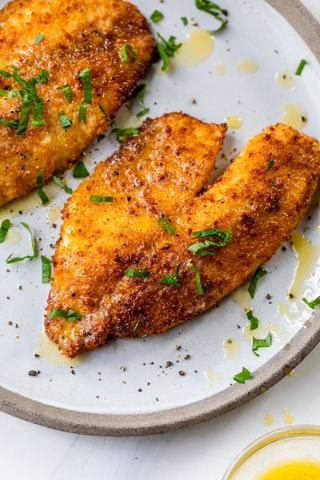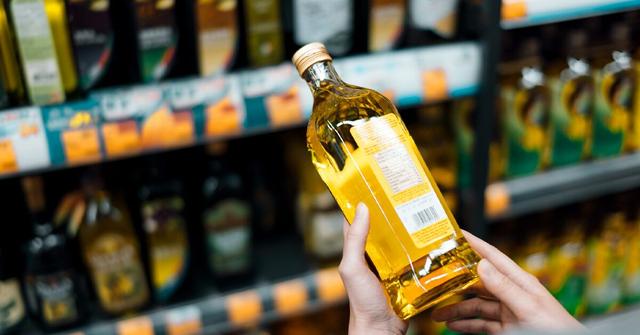
“Exploring the Perfect Blend: Unlocking the Potential of Mixing Peanut Oil and Canola Oil for Enhanced Culinary Delights!”
Can You Mix Peanut Oil and Canola Oil?
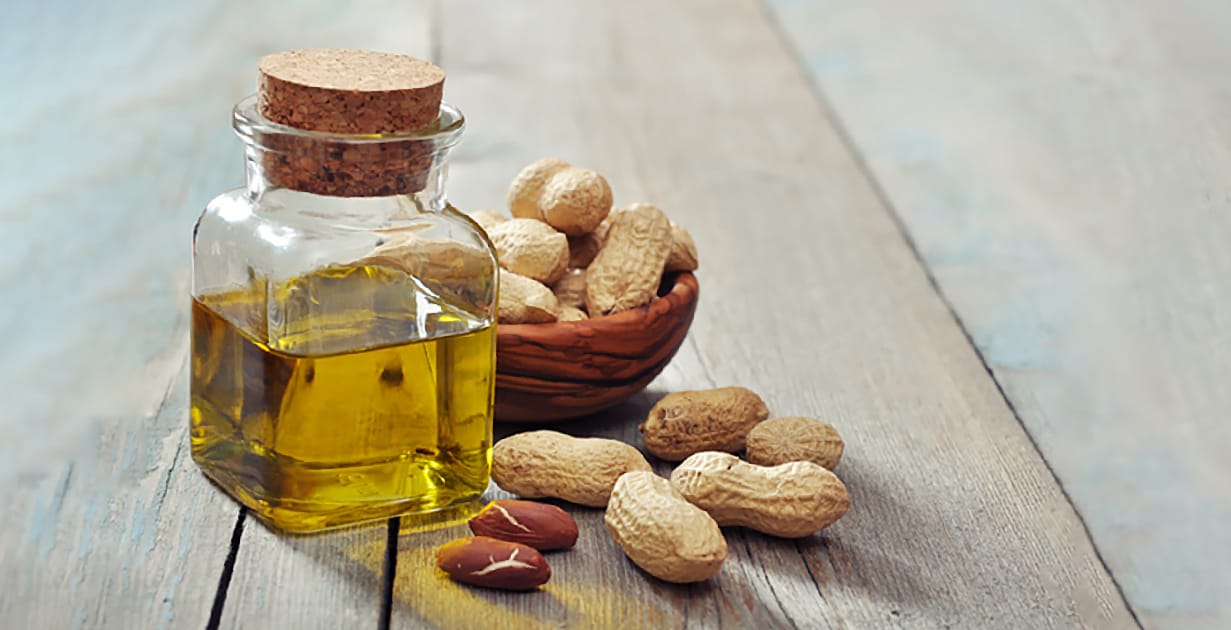
Mixing peanut oil and canola oil is safe and can provide great flavors when cooking. Both oils have smoking points over 400F, making them compatible for mixing. However, it’s important to consider the smoking point of the lowest oil when blending them together. Peanut oil adds a certain aroma to the food but does not alter its taste or harm it in any way.
It’s crucial to be aware of peanut allergies among the people you are cooking for, as consuming foods cooked with peanut oil can be dangerous for those with allergies. Additionally, using the mixture of peanut oil and canola oil past its smoking point can cause the oils to lose their nutrients and give the food a burnt flavor. To maintain a balanced flavor profile, it is recommended to use an equal ratio of both oils or more canola oil.
Is it safe to mix peanut oil and canola oil?

Mixing peanut oil and canola oil is completely safe and there are no risks involved. However, it’s important to consider a few factors before mixing the oils. Both oils have smoking points over 400F, making them compatible for mixing. Peanut oil does have a distinct aroma and some people may have allergies to peanuts, so it’s important to ensure its suitability for those you’re cooking for. Additionally, using the mixture of oils past their smoking point can cause the oils to lose their nutrients and give the food a burnt flavor.
It’s worth noting that not all oils are the same, as blends of oils available in supermarkets go through strict testing for factors like smoking points, composition, taste, and compatibility. When mixing oils at home, you may not have the ability to test these factors thoroughly. Before using a mixture of peanut oil and canola oil, it’s advisable to get an idea of the taste beforehand.
The flavor profile when mixing these two oils depends on what you’re cooking or frying. They are generally compatible due to their similar profiles. The flavor can be neutral or nuttier depending on the ratio of oils used. It is recommended to use an equal ratio or more canola oil if you prefer a milder flavor. Mixing peanut oil and canola oil is commonly done in Asian cuisine where peanut oil adds a nutty flavor. Popular dishes fried with this mixture include turkey, meat, and vegetables.
How does mixing two oils impacts the flavor of the food?

Mixing two oils, such as peanut oil and canola oil, can have a significant impact on the flavor of the food. When these two oils are combined, they create a unique flavor profile that can add depth and complexity to dishes. The nutty aroma of peanut oil can enhance the overall taste experience, especially in Asian cuisine where this oil is commonly used. By mixing these oils, you can achieve a neutral flavor or a nuttier taste depending on the ratio used.
The compatibility of peanut oil and canola oil makes them ideal for deep frying various foods like turkey, meat, and vegetables. The similar smoking points of both oils allow for efficient frying without compromising their flavors or nutrients. However, it is important to note that if the mixture is heated past its smoking point, it can result in a distinct burnt flavor and loss of nutrients.
Peanut oil and canola oil nutrition

Peanut oil and canola oil both offer nutritional benefits when consumed in moderation. Peanut oil is rich in monounsaturated fats, which are considered heart-healthy fats that can help lower bad cholesterol levels. It also contains vitamin E, an antioxidant that supports immune function and helps protect cells from damage. Canola oil, on the other hand, is low in saturated fat and high in omega-3 fatty acids, which have been shown to reduce inflammation and support brain health.
When it comes to calories, both peanut oil and canola oil provide approximately 120 calories per tablespoon. They are also similar in terms of their fat content, with around 14 grams of fat per tablespoon. However, it’s important to note that while these oils do contain healthy fats, they should still be consumed in moderation as part of a balanced diet.
Conclusion
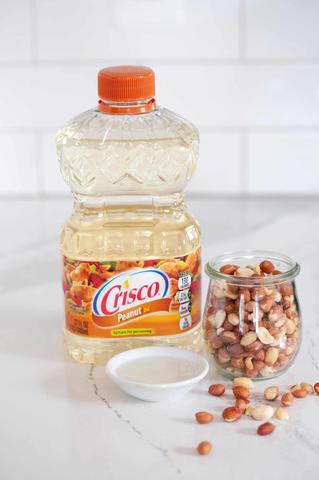
In conclusion, mixing peanut oil and canola oil can provide a unique flavor profile to your food. It is safe to mix these two oils together as long as you consider the smoking points and any potential allergies. Both oils have high smoking points, making them suitable for frying and sautéing. However, it is important to note that using the mixture of oils past its smoking point can result in a burnt flavor and loss of nutrients.
When blending peanut oil and canola oil, it is recommended to use an equal ratio or more canola oil to avoid an overpowering nutty taste. These oils are particularly popular for deep frying meats like turkey and vegetables. Additionally, if you have any concerns about the nutritional content or calorie intake, it is advisable to consult with a healthcare professional or consider your current diet plan before mixing the two oils.
In conclusion, it is safe and acceptable to mix peanut oil and canola oil together. The combination offers a unique flavor profile and can be used for various cooking purposes. However, individuals with allergies or dietary restrictions should exercise caution and consult their healthcare provider before consuming this blend.
Learn More About Grilling
If you want to learn more about grilling, check out these other helpful resources!

